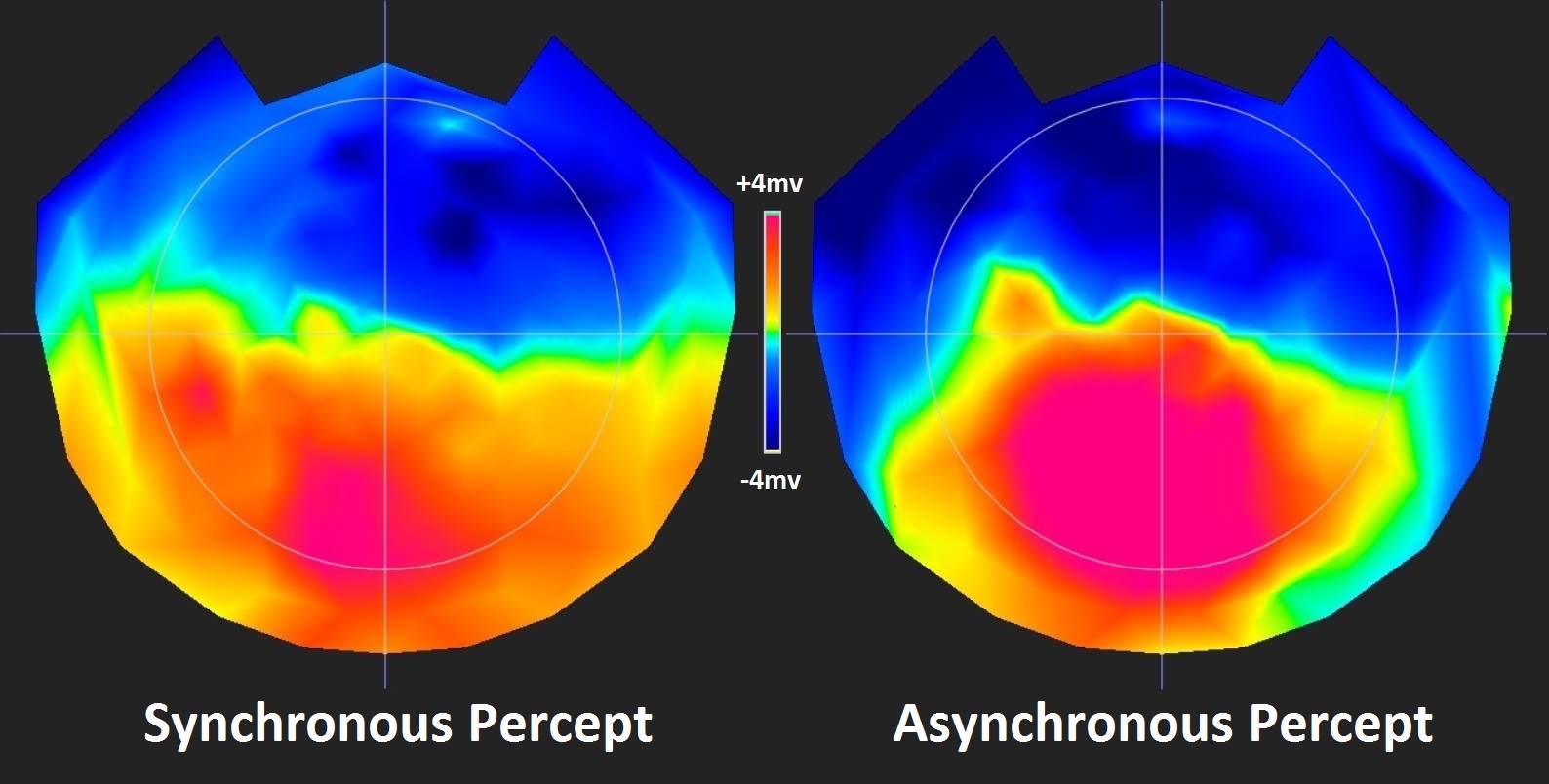The Wallace and Woynaroski Labs

The Wallace and Woynaroski labs are interested in better understanding the brain bases of how sensory and multisensory information are processed, and how such processing differs in those living along the autism spectrum.
The Wallace lab has a long tradition of work in attempting to better characterize how information from the different senses is combined in order to improve behavior and shape perception. As a simple example, there is a tremendous boost in how well we can understand a speaker in a noisy environment when we can see his/her lips moving, an illustration of how vision and hearing are continually working together in order to benefit perception. In addition, the lab is interested in the brain circuits responsible for these multisensory benefits, and uses a combination of sophisticated brain imaging methods (EEG, fMRI) in order to study the neural architecture of multisensory function.
The Woynaroski lab aims to identify brain and behavioral factors that can help us explain heterogeneity in children who are diagnosed with, or at high risk for, autism spectrum disorder. As an example, children with autism show a broad range of individual differences in language, social, and communication abilities, and they respond very differently to interventions. Even when we control for previously identified predictors, we still cannot explain much of the variability in growth, outcomes, and response to treatment. The lab is utilizing biobehavioral methods, including eye tracking, EEG, and automated measures of vocalizations, in an attempt to identify novel factors that might help us to better understand differences in autism and related symptoms.
The Wallace and Woynaroski labs collaborate very closely on research focused on better understanding sensory contributions to autism, and our collaboration is founded on our jointly held view that sensory function likely plays an important and underappreciated role in the social, communication, and language differences that often accompany autism. Our ongoing work is designed to better understand the relationship between sensory function and broader autism and related symptomatology, to explore the brain bases of these sensory differences, and to determine whether sensory differences are malleable with treatment in children and adults with autism.
One focus of research that strongly relates to the goals of the Center for Autism & Innovation is our work structured to examine both sensory strengths and weaknesses in autism, and our employment of sensory training/treatment approaches in an effort to strengthen sensory skills and sensory integration. These sensory training approaches are designed with the goals of assisting autistic adults function more successfully in the workplace and allowing their strengths to come more fully to the fore. A long-term goal of this work is to make sensory training a key element of all approaches structured to improve the quality of life and transitions to independence for those living along the autism spectrum.
For more information, visit this website.
